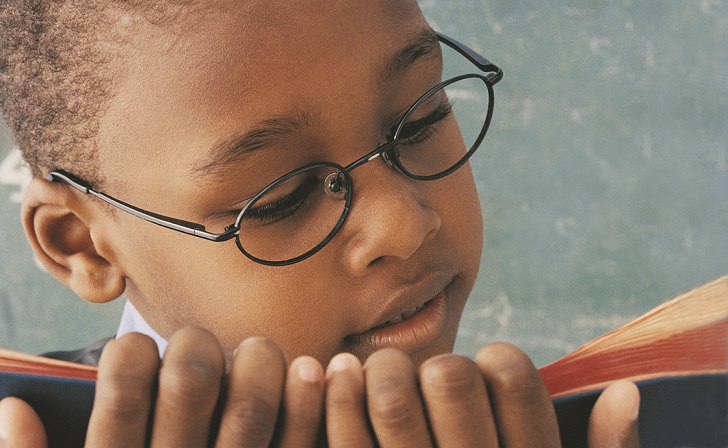When it comes to helping them excel in life and career, knowing which kind of learner your child is, is certainly a step in the right direction. Learning is receiving and processing information, and children do this in different ways. Many children who have been tagged “dull” are actually not, they just learn differently from others and understanding this can make all the difference in parenting your little learner.
There are 3 types of learners identified by experts:
- Visual Learners: Visual learners are at their best when they can ‘see’ what they are learning. Visual learners benefit from diagrams, charts, pictures, films, and written directions. They like visual aids, graphs, sketches and symbols, and often learn by memorising where they see things.
- Auditory Learners: Auditory learners learn best by listening to lectures, or in discussions. They might remember things by saying them out loud, or memorising them to songs. I am an auditory learner, and the “queen” of discussion groups even as an undergraduate. As a child, I was blessed to have a private tutor who understood this. I still remember the songs she used to teach me, and how I used to hum them silently during exams. My favourite was one she taught me in primary school. “Plants manufacture their food, by using chlorophyll and sunlight; this process is known as photosynthesis!”
- Kinesthetic Learners: Kinesthetic learners prefer to learn through the “lived experience”: moving, touching and doing; they like to experiment and explore. They are most successful when totally engaged with the learning activity. They learn best by being involved in the process, be it visiting the zoo or museum, trying things out in the laboratory, or even making notes. These are usually the stars of practical classes, and end up being great inventors in various industries.

Observe your children in action, take note of their interests, and pay attention to how they solve problems. By being an observant parent, you can identify even from a very early age, whether your child learns primarily by looking, listening, or doing (having a dominant style doesn’t mean they can’t learn in other ways). You can also talk to your children’s teachers and people who interact with them regularly.
Identifying your child’s learning style (older children can even discover their styles themselves) means you can begin to build upon it and better position your little one for success. So study your child, and equip them with the tools they need to learn and excel.


